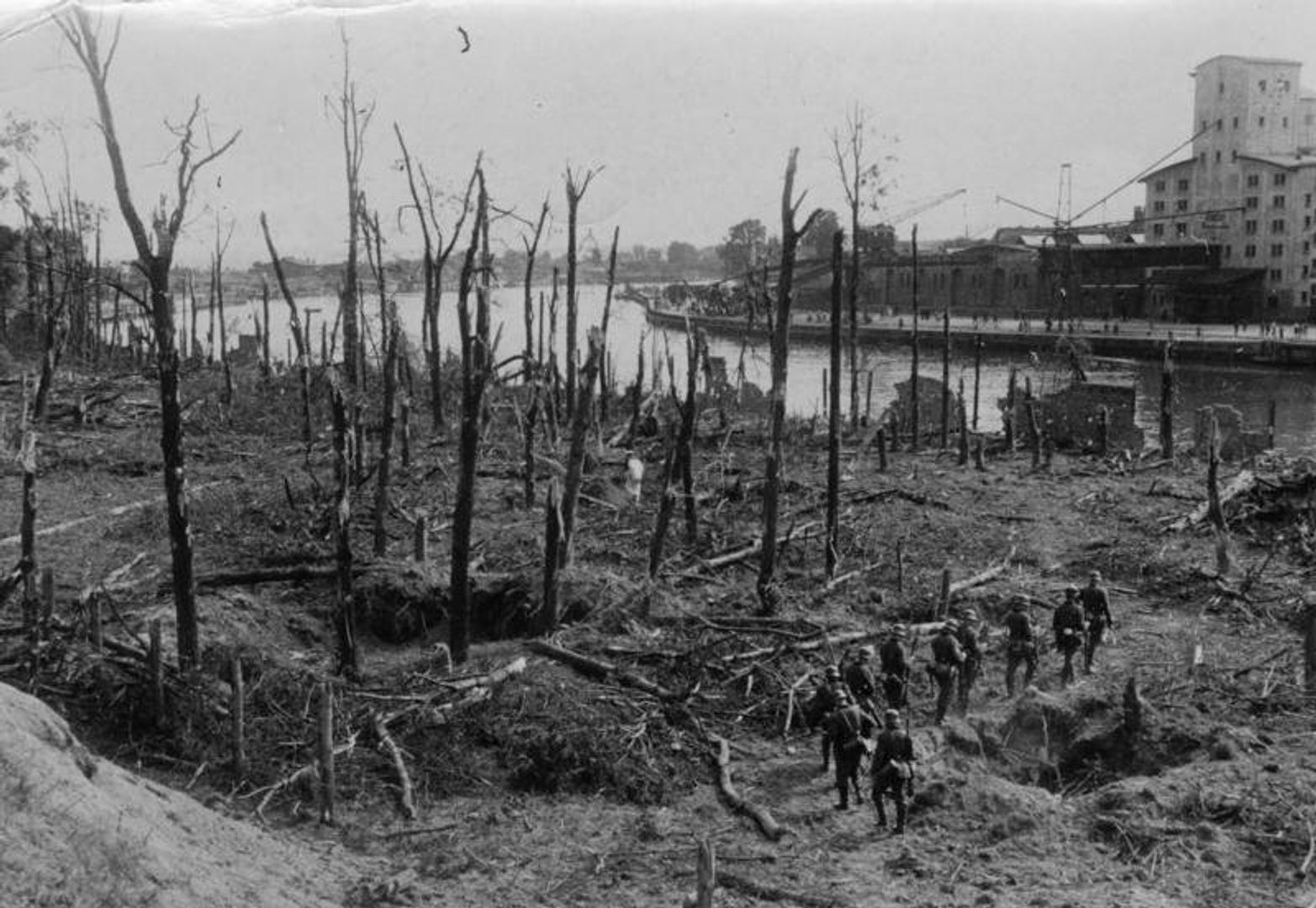Westerplatte
7.99

Overview
Westerplatte is a peninsula in Gdańsk, formed between 1845 and 1847, which historically served as a Polish exclave within the Free City of Danzig and became a symbol of World War II. Since 1926, it housed the Military Transit Depot, whose defense in 1939 marked the beginning of Polish resistance against the German invasion. The peninsula, which is uninhabited and forested, is approximately 2 kilometers long and between 200 and 500 meters wide, bordered by Nowy Port along the Dead Vistula River and adjacent to Wisłoujście and the Northern Port. The name Westerplatte derives from German, meaning "western island," reflecting its 19th-century status.
The history of Westerplatte includes numerous events that have shaped its present-day image. After the first French military intervention in 1734, the area transformed into a popular resort, though its significance grew substantially during the interwar period when Poland took control of the peninsula under a League of Nations decision. In August 1939, the defense of Westerplatte, led by Major Henryk Sucharski, was heroic despite being heavily outnumbered by German forces. After the war, the site underwent cleanup efforts, and in 1966, the Monument to the Defenders of the Coast was unveiled, becoming a central memorial to the wartime struggles.
Westerplatte remains a cultural landmark, as evidenced by numerous films, books, and musical works dedicated to its heroes. Literary works, such as poems by Gałczyński and writings by Wańkowicz, continue to influence how Westerplatte is perceived in culture. Furthermore, in 2019, plans were announced to build a new Museum of Westerplatte and the 1939 War, aimed at commemorating this historic site and educating future generations about its significance.
Access to Westerplatte from Gdańsk is possible via public transportation, including buses and water trams. Interestingly, in 2021, an unknown concrete breakwater was discovered on the peninsula, highlighting the ongoing research and uncovering of the site's history. Today, Westerplatte also hosts units of the Polish Army and serves as a venue for ceremonies honoring fallen defenders, as well as cultural events, making it an important site on the map of national memory.
Location
2025 Wizytor | All Rights Reserved